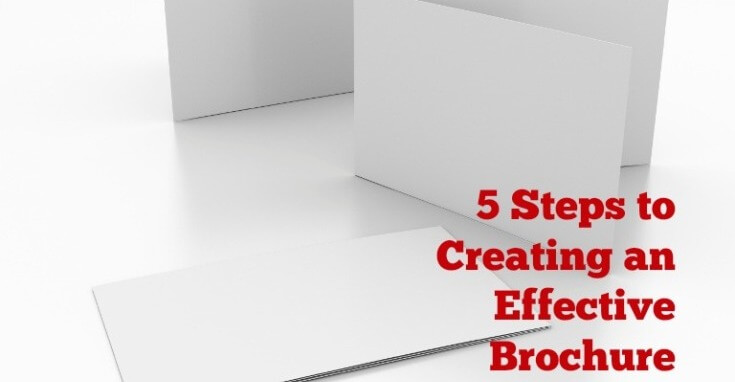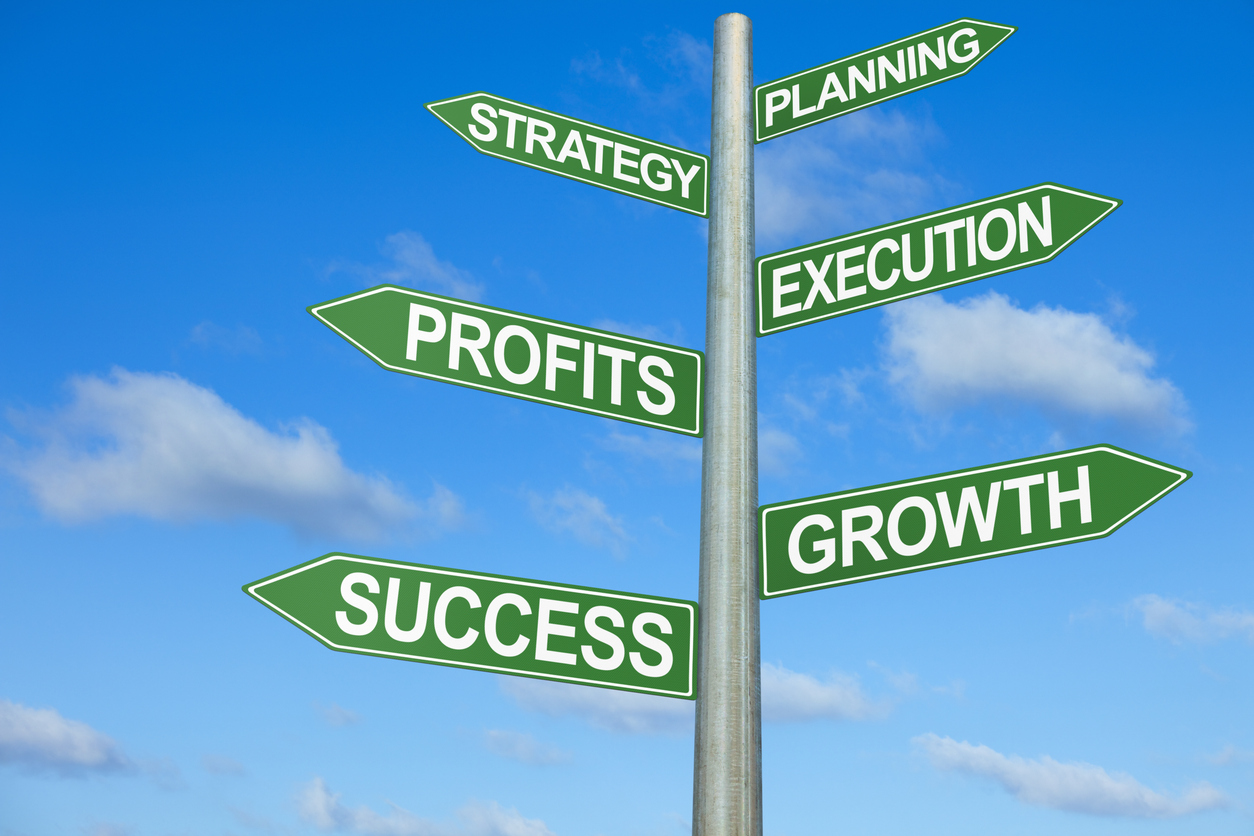Creating a brochure can be a daunting task whether you’re starting from scratch or re-creating an existing piece of creative. Where do you even start? What elements should you include in your brochure? Well, we’ve developed brochures that have won awards, so let us share a few tips that will help you create an awesome-looking brochure that’s also effective.
A few years ago, we won a GALA Award for one of our client’s brochures, so what a great opportunity to impart the process we used to create the brochure to help with yours. Keep in mind, even though this is geared to our real estate client, the same process applies to the brochure for your nonprofit.
1. Define who will be reading your brochure
We know the specifics of our target readership of this brochure quite well. We track zip codes on all of our leads as well as sales contracts and we’ve loosely built a demographic profile from the data. However, the main challenge was to design this brochure to reach all audiences without singling out a particular one. We wanted this brochure to appeal equally to audiences who have different backgrounds (whether that’s age, their current place of residence, race, gender, etc.), but still make them feel relevant in one cohesive design.
Let’s assume you’re creating a brochure for your nonprofit that will serve as an “About Us” piece. So, besides saying that your audience is “everyone,” start with your donor profile. What age group and from what area are the largest groups of your donors coming from? If your donors are millennials vs. baby boomers that will make a big difference in the next step…
2. Characterize the look/feel that will appeal to your reader
We revamped the entire look of St. Charles marketing in fall 2014 to reflect a contemporary influence. The design aesthetic was intended to appeal to the younger, hip-to-trends demographic that is our core buyer. We stayed away from fancy, elevated design and went with a more bold, modern and down-to-earth feel.
If your audience is baby boomers and you’re appealing to their patriotic nature, that may influence your color scheme to be more red, white and blue with an Americana feel, while if your audience is more of the outdoorsy-type, you’ll want to use more earth tones with a nature feel. This may sound like a “well, duh?” piece of advice, but I can’t tell you how many brochures I’ve seen that completely skip over this step. Pictures and typography alone will only take you so far.
3. Determine what you need to say and how you want to say it
What do you want your readers to learn about when they grab this brochure? Make sure you have a clear vision of what you’d like to communicate. How you say and display this information on the brochure will be very important. Before you begin copywriting for your brochure, think about your audience and what your organization has to offer them.
To continue the bold and modern feel, we wanted the copy to be conversational and focus on the unique qualities of St. Charles. We stayed away from dreamy and whimsical ways of talking about St. Charles and took a more direct, personable approach because that was a better fit with our audience and our design approach. Here’s a short snippet:
“Our welcoming community is located in the heart of Charles County, Maryland, just 11 miles south of the Beltway and 22 miles from down-town Washington, D.C. Come visit our beautiful model homes and spacious model apartments and make the choice that puts you and your family steps from all of the amazing amenities that are uniquely St. Charles. But don’t just take our word for it. Take theirs.”
We all do it and so do the reader of your brochure – they skim, read headlines, look at photos and maybe read a few paragraphs. So, make sure you use a variety of:
- Photos
- Headlines and captions
- Pull Quotes
- Facts and numbers
- Bulleted lists
- Consistent pops of color
- Graphics
- Logos
So, my best advice is to make your copy short and succinct. And that will make it easy to read.
4. Select photos to authentically tell your story
On average, you have about two seconds to grab the reader’s attention. So, make sure the images you use encourage the reader to know more about your organization and even play with their emotions.
It was important to us that photos be genuine to St. Charles and not just stock imagery. Some of the lifestyle photos in the brochure were from a photoshoot we executed with actors in St. Charles, but the majority of the photos are of current residents. The mixture of demographics in the campaign was intentional; we wanted photos that matched our buyer profile so we could also use them in other marketing materials (our website, etc.) and have them represent our community.
Again, consider the reader that may skim through your brochure—that means the visuals you use also need to tell your story (almost) by themselves. Let me give you an example, if you’re trying to show the impact of teaching kids how to cook healthy snacks for themselves, an image of a kid cutting strawberries while laughing with their friends is much more powerful than a picture of a group of 40 kids in a kitchen.
5. Envision what the final brochure will look and actually feel like
One of the most important parts of this brochure project was the production of the finished product. We picked out the paper and the “soft touch” finish for the printed piece specifically to make it feel “expensive” in a modern way (no gloss for us, thanks!).
Chances are you have a very modest budget and even if you didn’t, it would reflect poorly if it looked like you used your entire marketing budget on the printing of your brochure. But, things like paper and finishes can be relatively affordable and give your brochure a character that ties into what you want to communicate to your reader.
We’d love to help your nonprofit organization develop the next brochure. Contact us today to see how we can work together.






